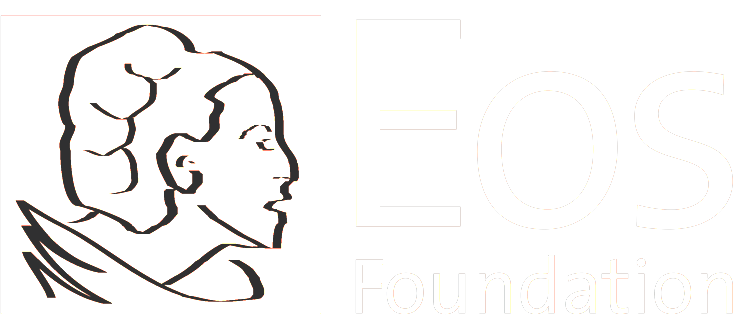Boston Globe
By Kate Selig
Globe Correspondent
Newly released data by the Eos Foundation’s Women’s Power Gap Campaign reveals that since 2018 the number of women presidents in the state has plateaued at 34%, just 1% more than when the study began. In the same time period, the number of women of color presidents has doubled from 6% to 12% and the number of women board chairs increased from 27% to 37%. However, no women presidents have been Latinx or Indigenous. All advancement for women of color is represented by the appointments of one multiracial, three Asian and six Black women presidents.
The Women’s Power Gap Campaign began tracking top leadership in higher education institutions throughout the Commonwealth in 2018. This report, The Massachusetts College and University Presidents & Board Chairs 2022 Diversity Progress Snapshot, shows we have made some significant progress but still have far to go. Of note:
- In 2019, community colleges reached gender parity with 53% having women presidents but now just 36% have women leaders. Women comprise 47% of board chairs at these same institutions.
- At the state’s most elite research universities (R1 classification), there are zero women presidents. Women chair three of eight boards at R1s, an increase from zero in 2018.
- Across all institutions, women board chairs increased from 27% to 37%.
“After four years, we expected to see more progress overall for women. Women make up 57% of higher education students in Massachusetts and have been getting the majority of PhDs for nearly two decades. We should already have achieved gender parity among presidents, but instead we have hit a ceiling. The news is especially troubling among the most elite and powerful research universities, where none of the eight schools has a woman at the helm,” said Andrea Silbert, President of the Eos Foundation. “While the state has made significant progress among board chairs, the keys to the corner office are still elusive for women, especially women of color. One of the most concerning things we witness is what we call the “one and done” phenomenon, where institutions have one woman president and then go back to business as usual. They need to keep their foot on the pedal! It’s critical that the ever-increasing diversity of student populations at our colleges and universities is reflected in leadership. And we must work with deep intention to elevate Latinx or Indigenous women.”



